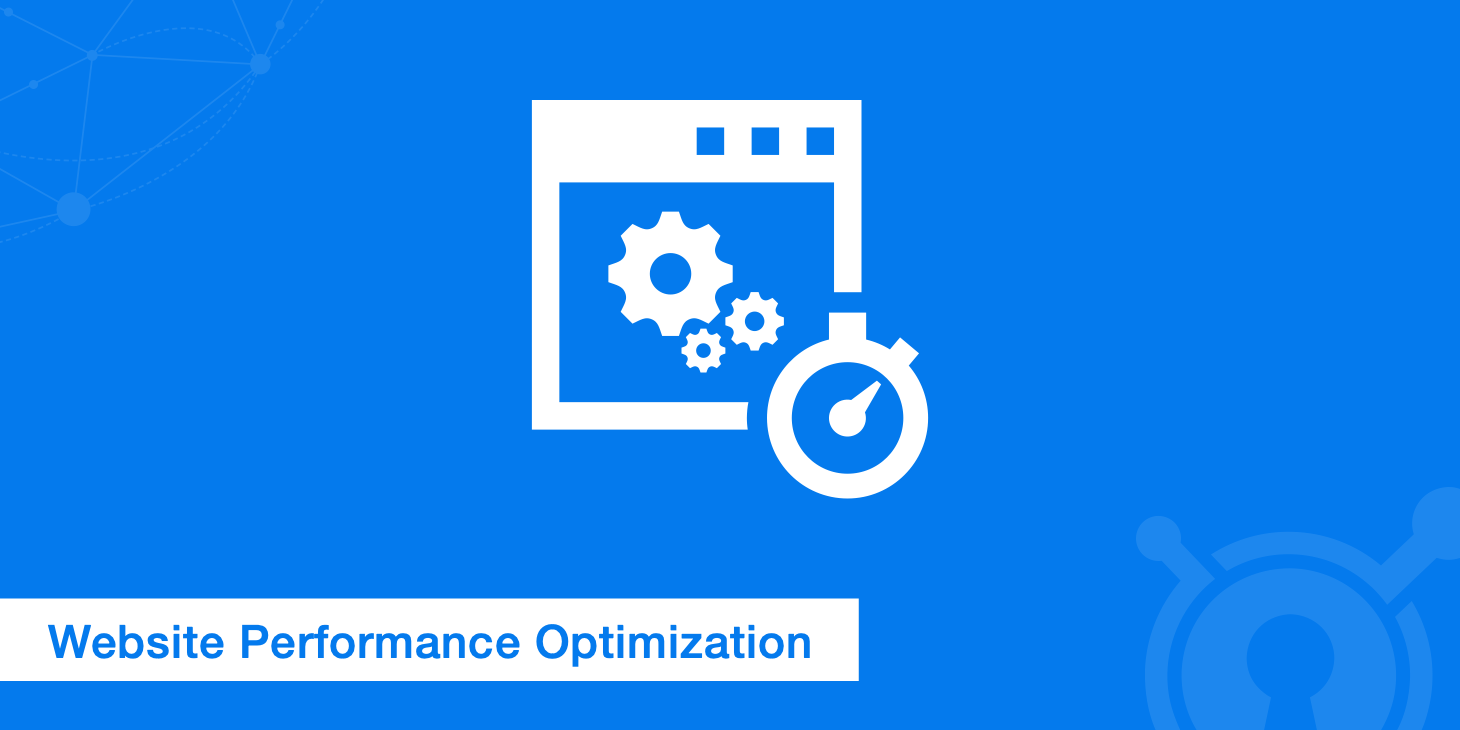Shop At Haya: Your Ultimate Shopping Guide
Discover the best shopping tips, trends, and deals for a smarter buying experience.
Speed Demons and Page Dreams: Boosting Your Website's Performance
Unleash your website's potential! Discover top tips to boost performance and speed with our ultimate guide to online success.
5 Essential Tips to Supercharge Your Website's Loading Speed
In today's digital landscape, website loading speed is crucial for both user experience and search engine optimization (SEO). A slow-loading website can lead to high bounce rates, negatively impacting your site's visibility in search results. To ensure your site performs at its best, here are five essential tips to supercharge your website's loading speed:
- Optimize Images: Large image files can drastically slow down your site. Use image compression tools to reduce file sizes without sacrificing quality.
- Leverage Browser Caching: Configure your server to enable caching, allowing repeat visitors to load your site faster by storing certain elements locally.
- Minimize HTTP Requests: Reduce the number of elements on your page that require HTTP requests, such as scripts and stylesheets, to speed up loading times.
- Utilize a Content Delivery Network (CDN): A CDN can distribute your website's content through various servers worldwide, ensuring quicker load times for users regardless of their geographical location.
- Optimize Your Code: Clean up your HTML, CSS, and JavaScript by removing unnecessary spaces and comments, which can help improve load speed.

How Website Performance Impacts User Experience and SEO
Website performance plays a crucial role in shaping user experience and directly impacts search engine optimization (SEO). A fast-loading site not only keeps visitors engaged but also reduces bounce rates, as users are less likely to leave a site that responds quickly. According to studies, page load time is a key factor; as the loading time increases, the likelihood of a user abandoning the site also rises. Search engines like Google consider site speed as a ranking factor, which means that slow websites may find it challenging to compete for top positions in search results. Thus, optimizing performance is not just beneficial for user satisfaction, but essential for enhancing visibility and reach.
Furthermore, a consistently poor-performing website can damage a brand's reputation. Users expect seamless interactions, and any lag or performance issues can lead to frustration and a negative perception of the brand. Implementing measures such as image optimization, reducing server response times, and leveraging browser caching can significantly enhance website performance. This not only boosts user experience but can also lead to higher conversion rates, as visitors are more likely to complete desired actions, such as making a purchase or signing up for a newsletter on a smoothly functioning site. In conclusion, investing in website performance is a dual benefit: it enhances user experience and optimizes your site for SEO.
What are the Most Common Factors Slowing Down Your Site?
Website speed is crucial for user experience and search engine rankings. One of the most common factors slowing down your site is large image files. High-resolution images can significantly increase loading times if they are not properly optimized. Utilizing image compression tools or choosing appropriate formats like JPEG or WebP can help maintain quality while reducing file sizes. Additionally, ensuring that all images are sized correctly for their display dimensions can prevent unnecessary loading delays.
Another frequent culprit is an excessive number of HTTP requests. Each element on your webpage, from images to scripts, requires a separate request to the server. This can create bottlenecks and lead to slower load times. To mitigate this, consider minifying CSS and JavaScript files, consolidating multiple files into fewer requests, and utilizing browser caching. By streamlining these elements, you can significantly enhance your website's performance.